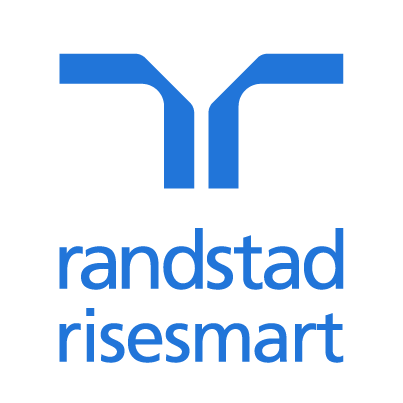The very best people are increasingly hard to track down, and you’re not alone in seeking to attract them to your organisation. In a recent survey by the Corporate Research Forum among heads of resourcing and talent acquisition, only 23% said they carried out more planned than reactive external recruitment. A further 30% said they achieved a balance between the two, but 45% were almost wholly involved in reactive recruitment. It’s clear that far too many organisations are starting off on the back foot. Instead of hiring strategies being based on longer-term business goals of the organisation far too many are focused on a ‘traditional’ approach, which means searching for new talent only when a vacancy appears. So how can businesses move from a reactive hiring policy to a more long-term business-led strategic approach?
We believe (and this is based on research with 9,000 recruiters across 39 countries) that there are four key global trends influencing the way recruitment will be carried out in future. These are all moving recruitment from being a transactional process to a more intuitive human-led process based around relationships.
1. New interview tools
If you always ask the same questions you’ll always get the same answers. ‘Traditional’ approaches to candidate assessment are still common with 74% using ‘structured interviews’, even though 63% feel these are a poor way to assess soft skills, and 42% feel they are open to bias on the part of the interviewer.
Instead 56% feel that new techniques will start to have an impact on how we interview, and 18% have already adopted new techniques. These include techniques that assess soft skills (59% find these useful), job ‘auditions’ to assess how well a candidate fits a role (54% adoption) and the move away from formal office environments towards ‘casual settings’ for interviews (53%).
The structured interview is not finished just yet but more companies are exploring these new techniques, and this trend is set to continue.
2. AI
Artificial Intelligence is seen by 76% of our research sample as likely to have a somewhat significant impact. The key benefits are seen as time saving (67%) as AI takes up the ‘grunt work’, and with the potential to reduce human bias from the screening process (43%). However, only 6% think it will replace the human interviewer completely.
But its impact will be far more considerable and won’t be restricted to basic tasks such as screening candidates. In future AI will be able to identify the best talent from the pool of available candidates out there. It will not just have an administrative functionality but be a tool fully capable of thinking and reasoning, of understanding just what you need to drive your future success and bringing that talent directly to you.
AI is here to stay – but it won’t eliminate the human touch. One part of recruiting that AI might replace is the more process-driven administrative side. This is especially true at the top of the funnel. Instead it will empower them, save time, improve candidate fit and increase diversity.
3. Diversity
There is little doubt now that more diverse workforces perform better. In our research 62% of companies focus on diversity because it improves their performance. Furthermore, 78% feel it improves the company culture. No surprise that 78% rate it as an important trend – and 53% have already adopted diversity as a key part of the way they hire (and retain) new employees.
New interview techniques and the reduction of human bias from candidate selection will aid this process, but it’s also seen as important to build diversity step by step. Having a diversity strategy is less important than having a new mindset and taking small steps to change, such as using more inclusive language in job descriptions.
4. Data
The tools which drive AI, such as data, are playing a more significant role. Our research suggests that 64% of recruiters are using data sometimes, and 79% say they are more likely to use it in the next two years.
Quality of data is the one factor holding back its wider adoption, but the tools to build and analyse data are becoming more effective. As such its impact on areas such as talent strategy will become significant. It will be about creating a pipeline of future talent. Rather than trying to draw the right people to you data will enable your business to get itself in front of the best people just at the right time.
No wonder then that 69% of talent professionals believe that in future the use of data will elevate their careers.
In the search for the very best talent you’re no longer merely searching in a small pool of candidates in your own business sector. You're competing with global players, which means that same talent is a target for businesses in locations right across the planet. To stay ahead you need to engage every new tool available to help you identify and engage with those people – including people you may never had considered before but who have the skills to change your business. All you need to know is where to look. This means joining the 23% who plan their recruitment with an eye to the future business needs of their organisation and away from a time-consuming, transactionally-driven, hand-to-mouth process.
So just how do you start to put this in into practice? What are the essential tools for the modern recruiter? These are the key things we’ll look at in the next article in this series.
Richard Liddington is senior manager, talent acquisition at LinkedIn











